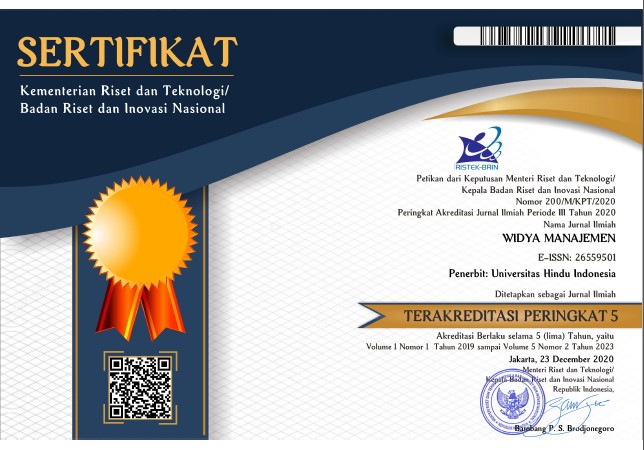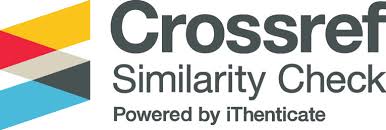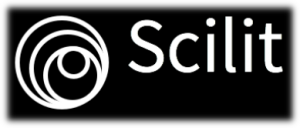Pengaruh Generativity, Experience Expectation dan Motivation Terhadap Visit Intention Pada Museum Mojopahit Mojokerto
Abstract
This research aims to determine the effect of generativity, experience expectation, and motivation on visit intention. The object that we use here is Mojokerto Mojopahit Museum. Data processing was carried out using the IBM SPSS 24 program, in addition, researchers used IBM AMOS 22 which will be used for the SEM method or Structural Equation Model. The data in this study will use primary data obtained from online questionnaires. Respondents in this study were 200 people who have an interest in coming to the Mojopahit Museum in Mojokerto and have a generative nature. Sampling used non-probability sampling techniques and convenience sampling. The results of this study will indicate a significant positive effect of generativity on experience expectation, then experience expectation on motivation, and the influence of motivation on visit intention at the Mojopahit Museum in Mojokerto.
References
Andereck, K., McGehee, N. G., Lee, S., & Clemmons, D. 2012. Experience expectations of prospective volunteer tourists. Journal of Travel Research, 51(2), 130–141
Baker, D. A., & Crompton, J. L. 2000. Quality, satisfaction and behavioral intentions. Annals of Tourism Research, 27(3), 785–804..
Beerli, A., & Martin, J. D. 2004. Factors influencing destination image. Annals of Tourism Research, 31(3), 657–681.
Beerli-Palacio, A Josefa D. & MartÃn-Santana. 2017. How does confirmation of motivations influence on the pre- and post-visit change of image of a destination?. European Journal of Management and Business Economics, Vol. 26 Issue: 2: 238-251. https://doi.org/10.1108/ EJMBE-07-2017-014
Bian, Q., & Forsythe, S. 2012. Purchase intention for luxury brands: A cross cultural comparison. Journal of Business Research, 65(10), 1443–1451
Decrop, A. (n.d.). 2006. Vacation decision-making. CABI-Publishing, Wallingford.
Erikson, E. 1950. Major stages in psychosocial development. The life cycle completed. New York: Rikan Enterprises Ltd.Erikson, E. 1963 . Childhood and society (2nd ed.). New York, NY: W. W. Norton.
Esteban, N. R. R. 2017. A management guide for university museums focused in the cultural tourism-the case of the “Museo de Arte De La Universidad Nacional†Tourismos: An International Multidisciplinary Journal of Tourism, 12(1), 21–56
Fallon, P. 2008. Monitoring visitor satisfaction with destinations using expectations, importance and performance constructs. Tourism Management Analysis, Behaviour and Strategy, 242-458.
Feather, N. 1992. Values, valences, expectations, and actions. Journal of Social Issues, 109-124.
Hair, J. F., Black, W. C., & Babin, B. J. (2010). Multivariate dataanalysis (7th ed.). Prentice Hall, Upper Saddle River.
Lawford, H., Pratt, M. W., Hunsberger, B., & Mark Pancer, S. 2005. Adolescent generativity: A longitudinal study of two possible contexts for learning concern for future generations. Journal of Research on Adolescence, 15(3), 261–273.
Luo, J. M., Lam, C. F., & Fan, D. X. 2018. The development of measurement scale for entertainment tourism experience: A case study in Macau. Current Issues in Tourism, 1–15. https://doi.org/10.1080/13683500.2018.1556251.
McAdams, D. P., & de St Aubin, E. D. 1992. A theory of generativity and its assessment through self-report, behavioral acts, and narrative themes in autobiography. Journal of Personality and Social Psychology, 62(6), 1003–1015.
Rivera, J. C., Di Gangi, P. M., Worrell, J. L., Thompson, S. C., & Johnston, A. C. 2015. Undergraduate student perceptions of personal social media risk. Information Security Education Journal, 2(2), 49-56.
Sheng, C. W., & Chen, M. C. (2012). A study of experience expectations of museum visitors. Tourism Management, 33(1), 53–60.
Smith, S., & Costello, C. 2009. Segmenting visitors to a culinary event: Motivations, travel behavior, and expenditures. Journal of Hospitality Marketing & Management, 18(1), 44–67.
Su, Y., & Teng, W. 2018. Contemplating museums' service failure: Extracting the service quality dimensions of museums from negative on-line reviews. Tourism Management, 69, 214–222.
Ryan, C., & Glendon, I. 1998. Application of leisure motivation scale to tourism. Annals of Tourism Research, 25(1), 169–184.
Wibowo, A. (2015). Persepsi Kualitas Layanan Museum di Indonesia: Sebuah Studi Observasi. Jurnal Manajemen Maranatha, 15(1). https://doi.org/10.28932/jmm.v15i1.24
Zeithaml, V. A. 1993. The Nature and Determinants of Customer Expectations of Service. Journal of the Academy of Marketing Science, 1-12.
Zhang, H. M., Xu, F. F., Lu, L., & Yu, P. 2017. The spatial agglomeration of museums, a case study in London. Journal of Heritage Tourism, 12(2), 172–190
Reproduction Policy
Every author submitting articles to Widya Manajemen must make a statement that the manuscript is free from plagiarism and is not being considered and published in other journals.
Articles that have been published are copyrighted by the Program Studi Manajemen FEBP UNHI. For educational purposes, the contents of the article may be duplicated or reproduced as long as the source of the article is mentioned. Written requests must be submitted to the editor to obtain permission to republish the contents of the article for purposes other than educational purposes.
-----------------------------------------------------------------------------------------------------
Kebijakan Reproduksi
Setiap penulis yang menyerahkan artikel ke Widya Manajemen harus membuat surat pernyataan bahwa naskahnya bebas dari plagiarisme dan tidak sedang dipertimbangkan dan dimuat dalam jurnal lain.
Artikel yang telah dipublikasi menjadi hak cipta Program Studi Manajemen FEBP UNHI. Untuk tujuan edukatif, isi dari artikel dapat digandakan atau direpublikasi selama menyebutkan sumber dari artikel tersebut. Permintaan tertulis harus diajukan kepada editor untuk memperoleh ijin merepublikasi isi dari artikel untuk tujuan lainnya selain tujuan edukatif.






.jpg)









